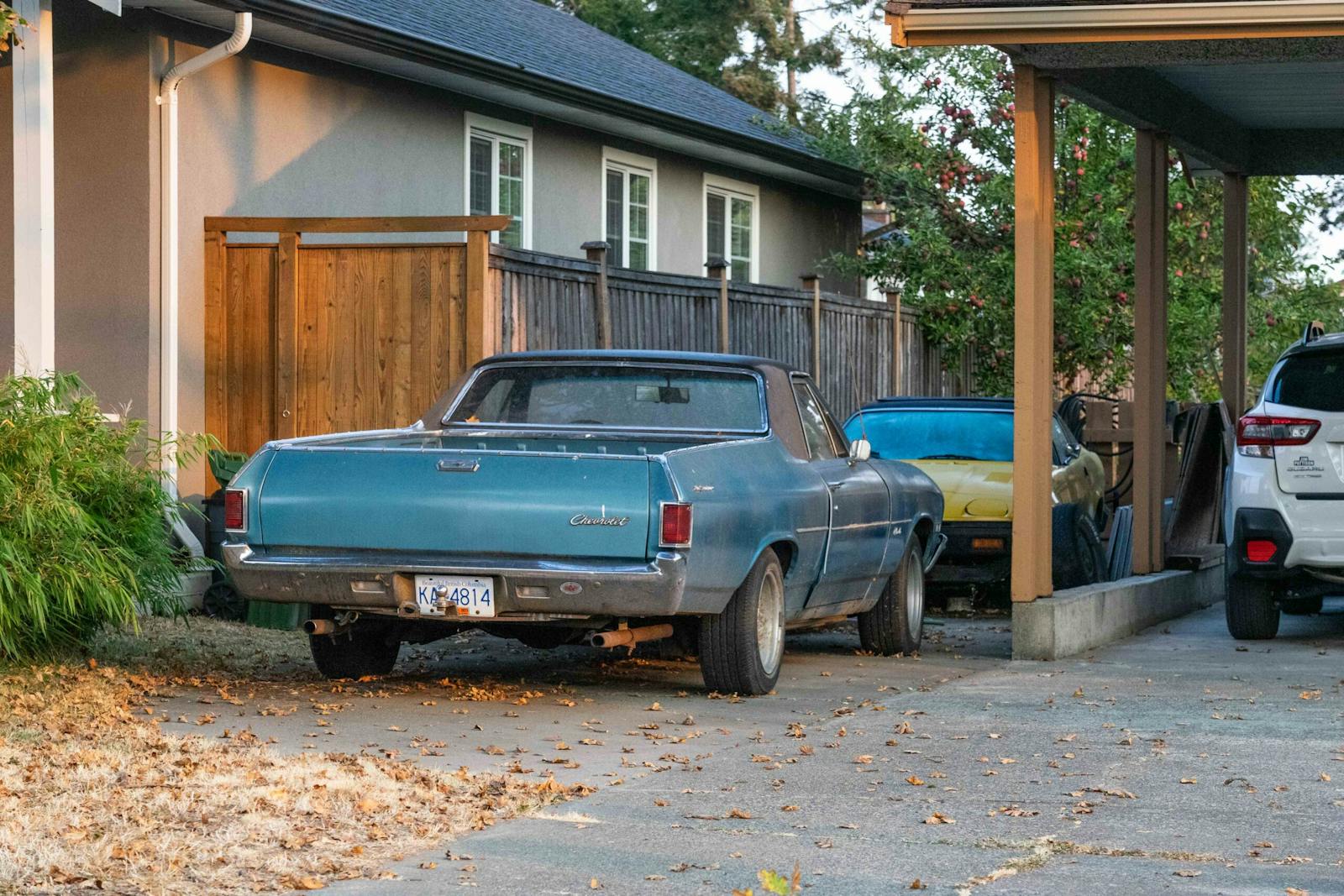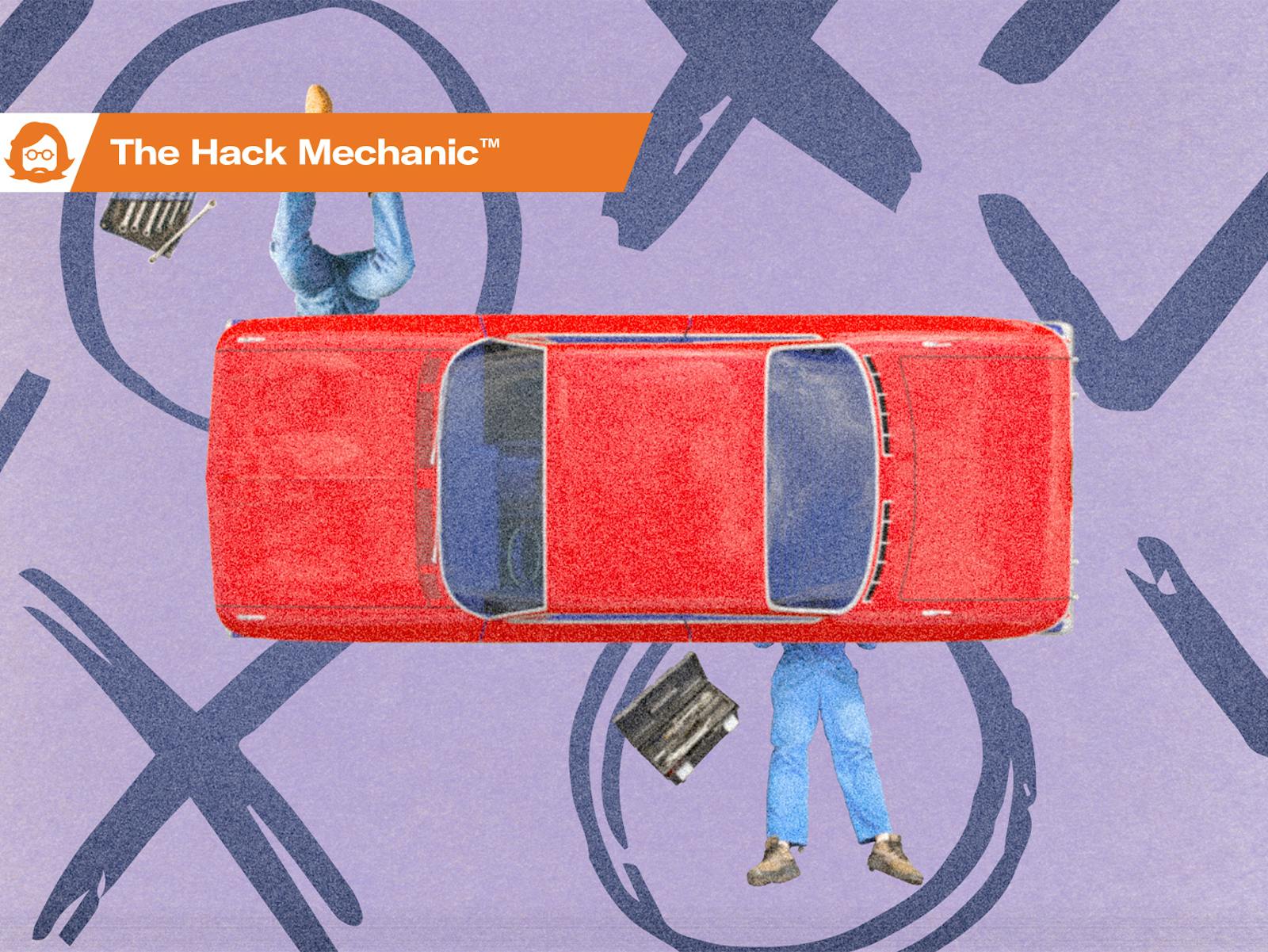Ask Jack: It’s got to be special every time!
How’d you enjoy your time on the treadmill today? I don’t mean the one at your local gym, which you probably haven’t seen in a while, or the one in your basement, which in my case is currently being used to hold up a stack of recently acquired Earth, Wind, and Fire vinyl records—I mean the treadmill that you had a 100 percent chance of using today, and that’s the hedonic treadmill. The phrase comes from a psychology paper published in the ’70s, and it refers to our ability as human beings to quickly adapt to any given level of happiness.
Remember when you were a kid and you were just certain that having a driver’s license would fix all of your problems? Later on in life, maybe you scrimped and saved for a dream car, only to find that pretty soon you didn’t even notice you were driving the thing. Or that McMansion you’d always wanted, which now exists in your mind primarily as a place with three different A/C units to fail at random intervals. That’s the hedonic treadmill, and it punishes us just like that old boulder punished Sisphyus.
For your humble author, the ultimate hedonic treadmill moment came after I’d just got done driving some $400,000 car around a racetrack somewhere, on someone else’s dime, while wearing a Brioni coat and a carbon-fiber helmet. I’d had a great meal with friends the night before and I knew I was going to have another one that night. My son was healthy, I was ahead on all my bills. I was dating a wonderful woman and her best friend. Life was great—and then I got an email from an airline telling me I was going to have a middle seat for the five-hour flight home. I looked dramatically to the Alcantara-clad roof of my hypercar du jour and screamed, to an audience of no one: “Why do I have to live like this?” Then I laughed, because I sounded ridiculous even to myself.
You get the idea. Nothing satisfies, not forever. Today’s questioner would like to step off the hedonic treadmill and find a car to enjoy every day for a long time—but he has a few nontrivial restrictions, of which you’ll hear in a moment. This sounds like a tough ask. Maybe there’s a way around the problem. It’s foolish to think that we can escape what is known to be a fundamental part of the human psyche—but can we trick it?
Erik asks:
I’m approaching my 40th birthday and am planning my mid-life crisis / “reward for making it this far in life” new car. I’ve considered buying a classic, but realistically with family commitments I don’t have the time to spend wrenching—my free time will need to be spent driving it, not fixing it. Car will spend the majority of its life on the street (slight possibility of one or two days at the drag strip per year).
My current fun car, purchased when I turned 30, is a Mazdaspeed3. I’ll keep this car as my winter fun car (saving the new one from -30 C and road salt). I’m an engineer by profession and have enjoyed installing all the bolt-on upgrades (engine and suspension) and tuning it myself. I appreciate well-built machines—it’s been super reliable and satisfying to own. When I was in university my daily driver was a ’92 Ducati 900SS (I no longer ride—lower risk tolerance since fatherhood). I loved the intake and exhaust noises—riding it was a very sensory experience.
My primary constraints for the new ride are:
1. I’m tall (6 feet, 5 inches), so sadly no tiny vehicles (Miata or Supra).
2. Must feel special every time I drive it. It doesn’t need to be ultra fast or flashy (I skew more towards slow-car-fast, but I need to feel connected to it (good handling, nice intake/exhaust noises).
3. Good reliability with reasonable servicing costs.
4. ~$80K (Canadian) price limit.
Here’s my shortlist (not in any particular order):
1. Charger Widebody Hellcat. Pros: great noises, ability to seat four (bring along the family), a bit of a sleeper (compared to the Challenger). Cons: terrible interior, looks like a fleet car, wife associates with redneck brodozers, questionable build quality and reliability.
2. GT350. Pros: Great handling, cool engine, manual transmission. Cons: questionable engine reliability & build quality.
3. LC500. New would be a stretch, but maybe 1 or 2 years old used. Pros: absolutely gorgeous exterior & interior, NA V8, pretty rare, stellar build quality, should last forever. Cons: higher initial cost, higher servicing costs, weird infotainment input device.
4. New Corvette (base trim, maybe with Z51). Pros: mid-engine, naturally aspirated V-8, great price. Cons: maybe too wild/flashy looking, still working out the kinks in the new design.
So what do you think? Any other cars I should consider or ones I should avoid?
I bolded one sentence above: “Must feel special every time I drive it,” because that’s the big ask. The two big conditions are: No tiny cars, nothing over $80K Canadian. Without the first restriction, I could recommend an ND2—which is to say, 2019 or 2020—Miata roadster. I have one, courtesy of my spouse, and it’s one of those rare cars that never seems to get old. Any time you’re tired of the way it behaves, you can just drop the top for a few minutes and become revitalized—or you can rip around a local roundabout until the police show up. It’s not a “tiny vehicle” in the MG Midget sense of the word. I can sit my 48 Long suit size (58 in Zegna, and 60 in Brioni, sadly!) torso and six-foot-two body in there without trouble. If Erik is a legit six-five, however, as opposed to a dating-site profile six-five (which means my height) then he’s going to be just on the outside of what works on a daily basis there.
Without the second restriction, I could recommend a Lotus Evora 400, Ferrari 458 Speciale, Nissan GT-R Nismo, AMG GT R … the list goes on. There are a lot of great cars out there for big-and-rich guys.
Oh well. Let’s start with Erik’s list. The LC500 has to go right away because it’s just not going to excite him on a daily basis. It’s a brilliant car, and I wish to heck I had one, but it’s not the kind of thing that will astound you on the move. The same goes for the C8 Corvette in its current form. Both of these cars are just too, ah, “globally competent.”
You see, what Erik’s really trying to do here isn’t just to step off the hedonic treadmill—he is also trying to “make love stay,” a topic which has animated more than a few great novels and at least one Dan Fogelberg song. As strange as it sounds, perfection, or even substantial competence, is the enemy of making love stay. You need a person (or a car) to give you both the highs and the lows. That’s how we trick the treadmill. If we never stay at a particular level of happiness, we never get a chance to become complacent with it. I think that’s why some endurance athletes are such sunny people. They get a daily dose of misery in their lives.
Both the Hellcat and the GT350 will provide some lows to go with the highs, to put it mildly. Of these two, I would pick the GT350 because it’s a more engaging vehicle to drive. The Hellcat is a bit of a one-trick pony. After a while, you don’t really notice the acceleration. I spent a year riding my ZX-14R to work every day; at the end of that year I could literally yawn while blasting from 80–150 to cover gaps on the freeway. Then I let it sit in the garage for a while because I had a 180-mile commute, which ended in March. I got on it for the first time in a while last week and I thought I was going to fall off the back of the bike. If you drove a Hellcat once or twice a week, it would still blow your mind. Every day? Take the GT350. For the noise, the clop-clop way it punishes you on bad roads, the coiled eagerness to rev all the way past the 8000 mark. There’s a chance it will blow up, but the same was true of the Puerto Rican hairdresser vaguely alluded to at the beginning of this article. The course of true love never did run smooth.
We could close today’s piece right there: Take a GT350, and a GT350R if you can afford it because you’ll get all your money back, and then some, when it’s time to sell. As the Sisyphus of advice columnists, however, I can’t resist offering some advice which won’t be taken—or even taken seriously: Instead of one car, Erik, I say you should get two. Get a Hyundai Veloster N, and get a five-year-old five-liter Mustang. That’s $80K Canadian right there. Switch back and forth. Tune them to your satisfaction as you have time and money to do so, knowing that the other car will still be able to get you to work. With winter tires, you could probably shuffle off the MS3 and use the Veloster in the winter, even.
As the owner of two such radically different cars, you’ll always be aware of their individual virtues and excitements as you switch back and forth. Just as importantly, you’ll also be annoyed by both of their foibles. Just enough to make you want to drive the other one for a bit, and so on. This will keep both cars feeling fresh, and it will prevent you from ever taking either of them for granted. I think that’s the key to beating the hedonic treadmill, one I learned personally when I spent quite some time in the hospital about a year after my spoiled-brat incident described above: If you don’t want to take your happiness for granted, sometimes you have to throw it away for a while.


